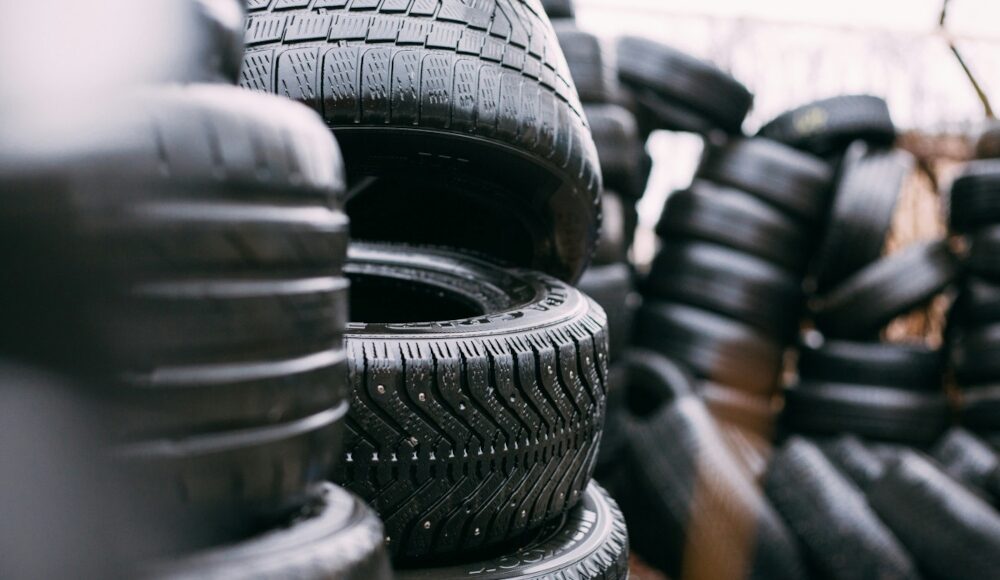MARCH 28 — Tyre making takes up around 70 per cent of the world’s natural rubber, NR, production. It is the biggest single user of NR. It is no wonder that tyre demand has a big influence on NR pricing. The irony of it all is that most of the big tyre companies in the world are not from the major NR producing countries. Most are from the industrialised West, especially those which are big manufacturers of motor vehicles. There have been attempts to lure such companies to set up shops here, with limited success. In Malaysia, a major tyre brand, Goodyear, recently pulled out. Some say this may have to do with our declining NR production. Like most industries, the tyre business is not spared from the impact of the global push to embrace sustainability. This may influence the use of NR.
The global tyre industry has been undergoing significant changes in recent years, driven by technological advancements, shifting consumer preferences, regulatory pressures, and evolving market dynamics. Some key trends are shaping the world tyre industry. The shift toward sustainability is one. There is a growing emphasis on using sustainable materials, such as NR, recycled rubber, and bio-based materials, to reduce the environmental impact of tyre production. Green manufacturing is up. Tyre manufacturers are adopting energy-efficient processes and reducing carbon emissions in production facilities. Companies are in fact focusing on tyre recycling and reuse, with initiatives to develop tyres that are easier to recycle at the end of their lifecycle.
The global tyre industry has been undergoing significant changes in recent years, driven by technological advancements, shifting consumer preferences, regulatory pressures, and evolving market dynamics. Some key trends are shaping the world tyre industry. — Unsplash pic
The rise of electric vehicles has created demand for tyres specifically designed to handle the unique characteristics of EVs, such as higher torque, heavier battery weight, and the need for reduced rolling resistance to maximize range. EVs produce less noise, making tyre noise more noticeable. Manufacturers are developing quieter tyres to enhance the driving experience. EV tyres need to be more durable due to the increased weight and stress from instant torque.
Tyres are increasingly being equipped with sensors to monitor pressure, temperature, tread wear, and other parameters in real time, improving safety and performance. Smart tyres connected to the Internet of Things (IoT) enable predictive maintenance and data-driven insights for fleet management and individual drivers. Research is underway to develop tyres with self-healing capabilities to repair minor punctures automatically. As consumers seek enhanced driving experiences, demand for high-performance tyres with better grip, handling, and speed ratings is growing. All-weather tyres that perform well in both summer and winter conditions are gaining popularity, reducing the need for seasonal tyre changes. The increasing popularity of SUVs and off-road vehicles has driven demand for rugged, durable tyres designed for challenging terrains.
Countries like China and India are leading the growth in tyre demand due to rapid urbanisation, increasing vehicle ownership, and expanding manufacturing capabilities. Also in Africa and Latin America. These regions are also seeing growth in tyre demand as infrastructure improves and vehicle penetration increases. Governments worldwide are imposing stricter fuel efficiency and emissions regulations, pushing tyre manufacturers to develop low-rolling-resistance tyres that improve vehicle fuel economy. Many regions now require tyres to display labels indicating their fuel efficiency, wet grip, and noise performance, influencing consumer purchasing decisions. Stricter regulations on tyre disposal and recycling are encouraging manufacturers to adopt more sustainable practices.
The tyre industry has seen significant consolidation, with major players acquiring smaller companies to expand their product portfolios and geographic reach. The market is highly competitive, with both established brands and new entrants vying for market share through innovation, pricing strategies, and partnerships. The rise of e-commerce platforms has made it easier for consumers to purchase tyres online, leading to increased competition and price transparency. Tyre companies are leveraging digital channels to reach consumers, offering personalised recommendations and virtual tyre fitting tools.
The focus on safety and durability is an obvious trend. Run-flat tyre allow vehicles to continue driving even after a puncture, improving safety and reducing the need for immediate roadside assistance. Consumers are increasingly demanding tyres that last longer, prompting manufacturers to focus on durability and tread life. There are global supply chain challenges. Fluctuations in the prices of raw materials like rubber, oil, and steel have impacted tyre production costs and pricing. The Covid-19 pandemic and geopolitical tensions have highlighted vulnerabilities in global supply chains, leading to delays and increased costs.
Tyre manufacturers are increasingly using automation, robotics, and artificial intelligence to improve production efficiency and quality control. Research is ongoing into using 3D printing for tyre prototyping and even production, which could revolutionize the industry. Consumers are paying more attention to the design and appearance of tyres, leading to innovations in tread patterns and sidewall designs. There is growing demand for customisable tyres tailored to specific driving conditions and preferences.
The global tyre industry is at a crossroads, with sustainability, digitalisation, and technological innovation driving transformation. As the automotive industry evolves, particularly with the shift toward electric and autonomous vehicles, tyre manufacturers must adapt to meet new demands and regulatory requirements. Companies that prioritise innovation, sustainability, and customer-centric solutions are likely to thrive in this dynamic and competitive landscape. It is imperative for NR producers to constantly monitor the changing trends and assess how NR quality and form have to conform to the new stipulations.
* The author is from the Tan Sri Omar Centre for STI Policy, IISDS, UCSI University, and is also an Associate Fellow at the Ungku Aziz Centre for Development Studies (UAC), Universiti Malaya. He can be reached at [email protected].
** This is the personal opinion of the writer or publication and does not necessarily represent the views of Malay Mail.





